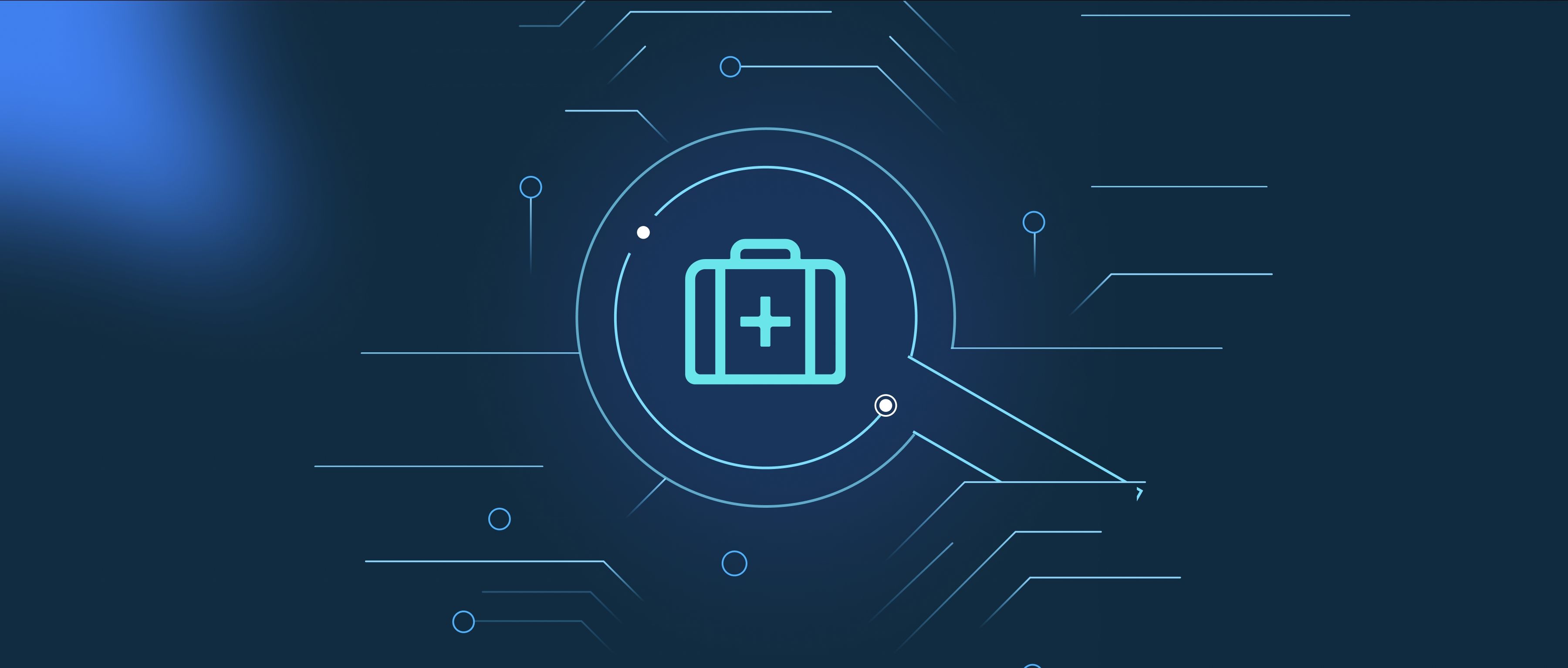Robots perform object tracking and follow moving targets through a combination of sensors, algorithms, and control systems. The process typically begins with the robot using various types of sensors, such as cameras, LiDAR, or infrared sensors, to detect and identify objects within its environment. For instance, an algorithm like YOLO (You Only Look Once) can be used to process camera images in real time to recognize and locate objects. Once a target is identified, the robot extracts features from the object, such as colors or shapes, to help distinguish it from other objects in the scene.
Once the object has been detected, the robot employs tracking algorithms to continuously follow the moving target. These algorithms might utilize methods like Kalman filters or optical flow tracking, which allow the robot to predict the target's future position based on its current trajectory. For example, if a robot is tracking a person, it would update its target's position frame by frame, adjusting its path to stay aligned with the person's movements. The robot also needs to account for factors such as occlusions—where the object might be partially blocked by other objects—through techniques like multiple hypothesis tracking.
Finally, after establishing a continuous tracking process, the robot integrates this information with its movement control system. This involves translating target data into movement commands, which dictate how the robot should navigate its environment to maintain proximity to the target. For instance, if the target moves faster than the robot, the control system may adjust the robot's speed or direction to ensure it can keep up. The entire process requires robust real-time processing capabilities to ensure the robot can adapt and respond to changes in the environment effectively.
